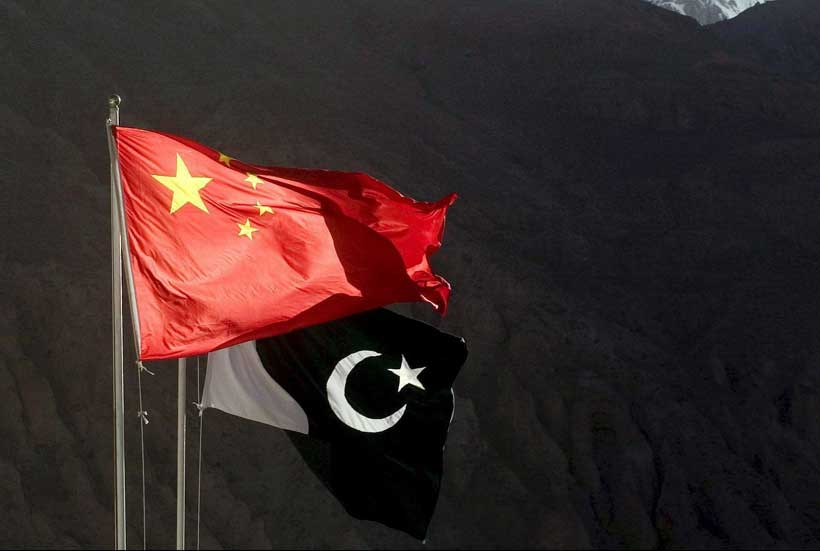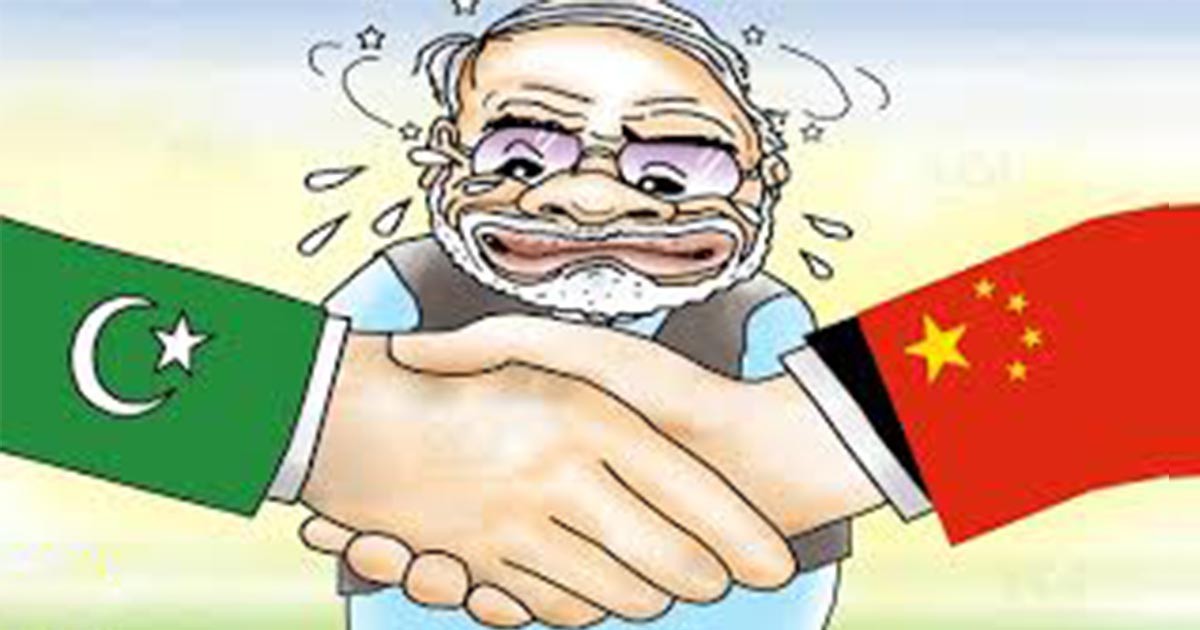US has recently blocked Pakistan’s move in UNSC to designate India as a terror backer. Pakistan proposed to enlist three persons in the terror list. Amongst them, one is Venu Madhav Dongara, an Indian contractor who has been working in Afghanistan for a while. Pakistan has blamed Dongara of sponsoring weapons to TTP. Pakistan applied in the sanctions committee of UNSC under resolution number 1267 to enlist these persons as international terrorists but sadly, the US is not recognising Pakistan’s sacrifices.
Surely, a shift in alliances is happening in the wake of China’s rise, and which the US is trying to thwart. The US is going hammer and tongs to prevent China’s resurgence. Both are neck and neck to each other. Amidst the tug of war in the international arena, regional strategies are also changing.
Pak-China Convergence
Pakistan cannot just hang with the US after ignoring a massive power in its neighbour, especially when that emerging power is trying to remain close, and acknowledges Pakistan as an all-weather friend. It is irrefutable that China with the help of CPEC is eager to enjoy a momentous benefit from the geography of Pakistan by becoming a two-ocean state. But Pakistan too needs Chinese investments to put an end to its fiscal woes. Although there is no cultural or religious convergence between both yet the economic and political interests drive these neighbours to set a similar future discourse.

First, Pakistan needs China to steer its crippling economy in the right direction. With multi-pronged investments in the fields of energy, agriculture, infrastructure and tourism etc., CPEC provides the opportunity to address economic woes at large. Second, Pakistan wants to minimize the existential challenge, which it faces in the form of an ever-growing hostility in the wake of India’s Hindutva ideology. To address this issue, there is no other viable option for Pakistan, except China.
Sino-Indian Face-off
In the greater game of becoming a unilateral global power, tensions between China and India have already ensued, as India toes the line of US. It won’t be wrong to assert that India has officially joined the US league to prevent the possible rise of China as unilateral global power. For instance, in the annual meeting of World Health Assembly this year, India supported the US and Australia’s stance to set up an independent investigation commission to probe the Covid-19 outbreak from Wuhan’s Lab in China. Moreover, India, being a Quad member with the US, Australia and Japan has also meddled with China’s policy regarding its autonomous regions of Taiwan and Hong Kong. The recent violent face-off at Galvan Valley and Pangong Lake between the giant neighbours also provides empirical evidence of an inexorable animosity.
Opportunities for Pakistan
Luckily, this hostility augurs well for Pakistan both economically and politically. In the wake of LAC’s standoff, India has banned 53 Chinese social media applications, which does not bode well for India-China tech trade. Herein, Pakistan can use this opportunity to attract China’s phenomenal “tech industry.” It can be started by cracking the HUAWEI launch in Pakistan, which was set to happen in India. Besides CPEC projects, Pakistan can seek China’s help in improving the SUPARCO, thus, providing the world with a cheap launching pad for satellites, as India provides. Investments in the domains of space and technology will surely augment the trade potential of Pakistan.
A robust economy is central to achieving larger political gains in the region. Pakistan’s survival will comparatively become an easier task. It would provide Pakistan with a level playing field to discuss and at least resume table talks on the Kashmir issue. Pakistan would be in a better position to maneuver against India’s bid to become a UNSC member. In addition, a vibrant economy would help satisfy the demands of wretched and deprived sections, which is pivotal to internal security and national integration.
- Changing Trends in the South Asian Region - 14 July 2020
- Social Media: a tool to spread Sponsored Narrative - 13 June 2020
- U.S. Considering to Re-Start Nuclear Test Program: the ramifications - 31 May 2020

